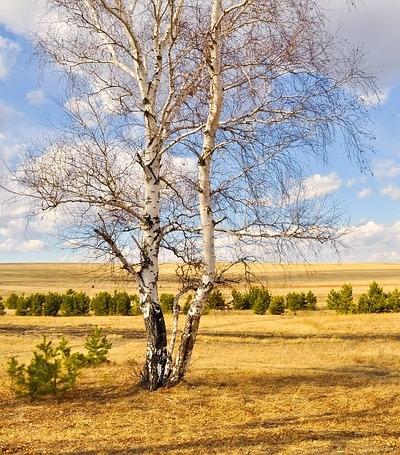Disruptive Invasive Species can Affect Forest Health in Tornado-Damaged Forest Areas
Researchers of the College of Agricultural, Consumer and Environmental Sciences at the University of Illinois in Chicago have ascertained that after tornadoes touch down and cut through forests, the resulting destruction paves the way for the introduction of new and invasive species.
The study, which was recently published in the Journal of Ecology, furnished evidence that large tornado-damaged areas left open spaces in the forests of southern Illinois, which allowed the introduction of invasive vegetation. As a result, forests with large invasive species growth were slower to recover, when compared to areas left unharmed by tornado blowdowns.
The research project led by Melissa Daniels, a former graduate student amd Eric Larson, assistant professor in the Dept. of Natural Resources and Environment also at the U of I, studied Landsat imagery in identifying blowdown and unharmed forest areas, which Daniels later visited in 2018 for purposes of surveying the invasive plants.
Assistant Professor Eric Larson explained that we tend to assume the forest recovers once the invasive species are shaded out; but they do not. After visiting all 62 sites identified through the Landsat imagery, Daniels reported that certain species of plant invaders demonstrated the ability to thrive and grow even under closed closed canopy conditions.
Why be Concerned about Invasive Species When They will be Outshaded Over Time?
The concern raised by studies related to Ms. Daniels’ findings is that forest management administrators can be misled into believing that forests will take their own natural course in forest recovery. However, since some invasive plant species continue to survive and grow, they pose as blockers to forest regeneration, and cause slow forest recovery.
At the same time, invasive infestation can spread to, and persist in neighboring forests, likewise affecting conditions necessary for faster forest regeneration. The greater impact is that invasive species can disrupt ecosystem services, affect biodiversity and lead to lowering of carbon sequestration,
Of the invasive plant species found thriving in the tornado-damaged areas, Daniels identified the top five persistent invaders as the autumn olive, multiflora rose, Amur honeysuckle, the Japanese honeysuckle, and the Oriental bittersweet.
Ms. Daniels explained further that since these invasive plants have the capability to survive shaded conditions, they can impact forest health and the significant benefits forests bring to the communities. The research team therefore emphasized the need to give care about any phenomena that can affect forests.
